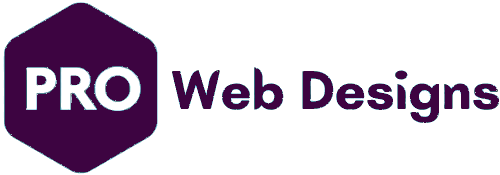Optimizing Website Performance: Speed, Responsiveness, and User Experience
Optimizing Website Performance: Speed, Responsiveness, and User ExperienceMain Category: Web Development Subcategory: Website Performance Optimization Tags: website performance optimization, website speed, website responsiveness, user experience, SEO, conversion rate...
Optimizing WordPress Website Performance: A Comprehensive Guide
IntroductionA slow-loading WordPress website can frustrate visitors and negatively impact your search engine rankings. Optimizing your website’s performance is crucial for a positive user experience and improved search visibility. This guide provides actionable steps to...





